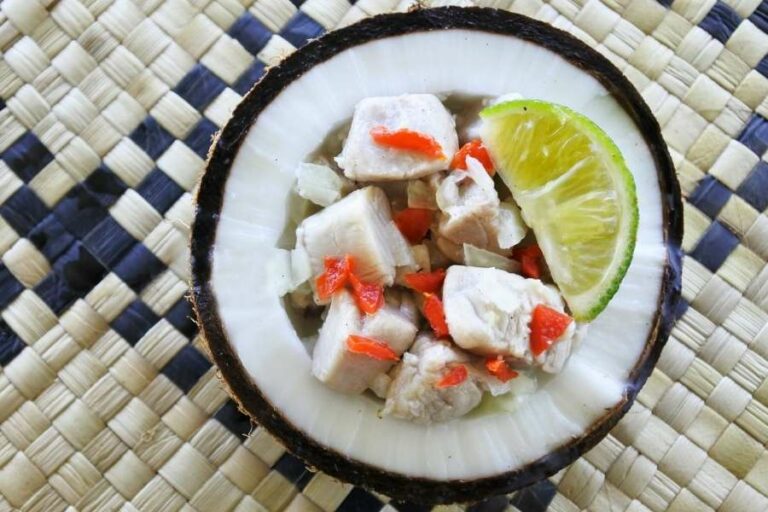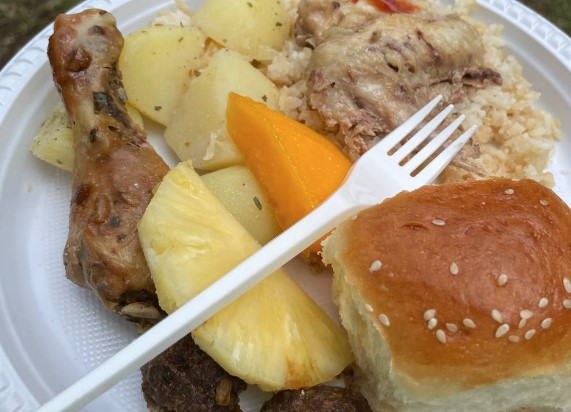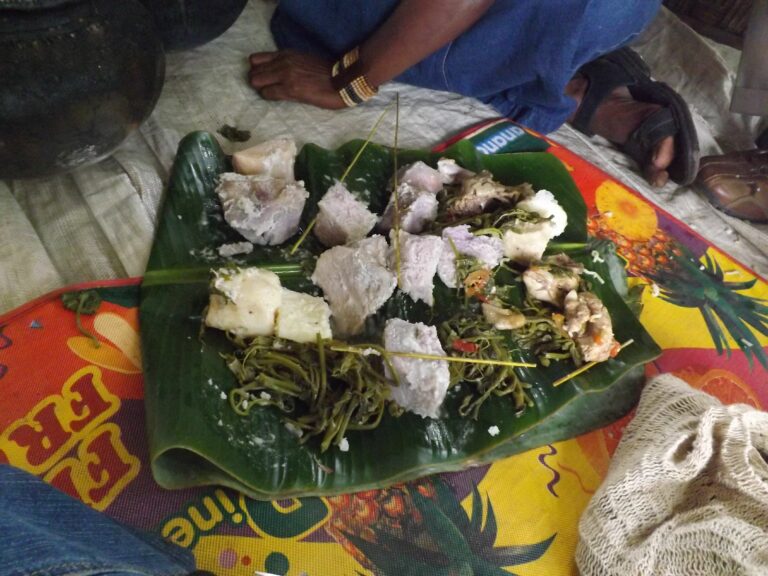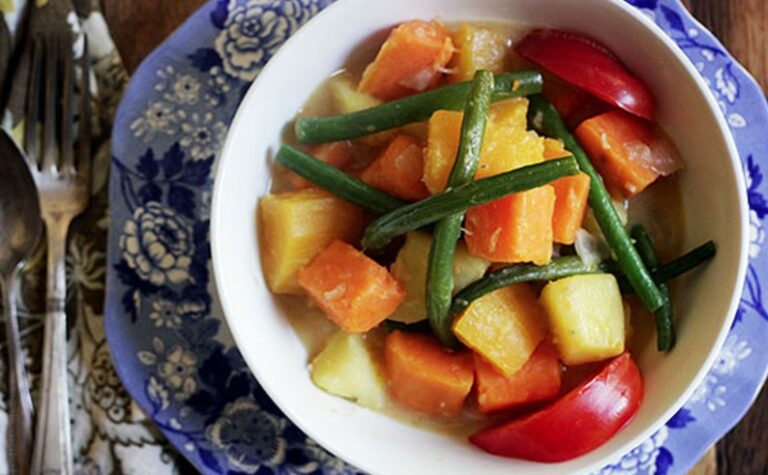Introduction to Papua New Guinean Cuisine
Papua New Guinea is a country located in the southwestern Pacific Ocean, and it is known for its rich cultural diversity. The cuisine of Papua New Guinea is no different, as it is influenced by the different cultures that exist within the country. The country’s cuisine is also influenced by its geography, with a range of tropical fruits, vegetables, and seafood being readily available. Papua New Guinean cuisine is renowned for its unique flavors, variety, and freshness.
Unique Ingredients in Papua New Guinean Cuisine
Papua New Guinean cuisine makes use of many unique ingredients that are not commonly used in other cuisines. One of the most popular ingredients in Papua New Guinean cuisine is taro, a root vegetable that is used in a variety of dishes. Another popular ingredient is coconut, which is used in many dishes for its creaminess and flavor. Other ingredients include cassava, yams, sweet potato, sago, and pandanus.
Popular Papua New Guinean Dishes
One of the most popular dishes in Papua New Guinean cuisine is the national dish, Mumu. This dish is a traditional feast that features a variety of meats, vegetables, and fruits cooked together in a pit oven. Another popular dish is Kokoda, which is a dish made with raw fish that is marinated in lime juice and mixed with coconut cream, chili, and other spices. Other popular dishes include Sepik River prawns, sweet potato pudding, and pepper pot soup.
Cooking Techniques in Papua New Guinean Cuisine
Papua New Guinean cuisine makes use of a range of cooking techniques, including boiling, frying, grilling, and roasting. Many dishes are cooked over an open fire or in a pit oven, which allows the flavors to meld together and create a unique taste. Some dishes are also cooked using hot stones, which help to retain the flavor of the ingredients.
Cultural Significance of Papua New Guinean Cuisine
Papua New Guinean cuisine is an important part of the country’s culture and traditions. Many dishes are associated with specific events and occasions, such as feasts and celebrations. The preparation of some dishes is also considered to be an art form, with recipes and techniques passed down through generations.
Where to Try Authentic Papua New Guinean Cuisine
If you’re interested in trying authentic Papua New Guinean cuisine, there are a few places you can go. Many local restaurants in Papua New Guinea serve traditional dishes, and there are also food markets where you can try a variety of dishes. If you’re not able to travel to Papua New Guinea, there are also a few restaurants and food trucks in other countries that serve Papua New Guinean cuisine. Look for restaurants that specialize in Pacific Island cuisine or check with your local Papua New Guinean community to see if there are any events or festivals where you can try the food.





